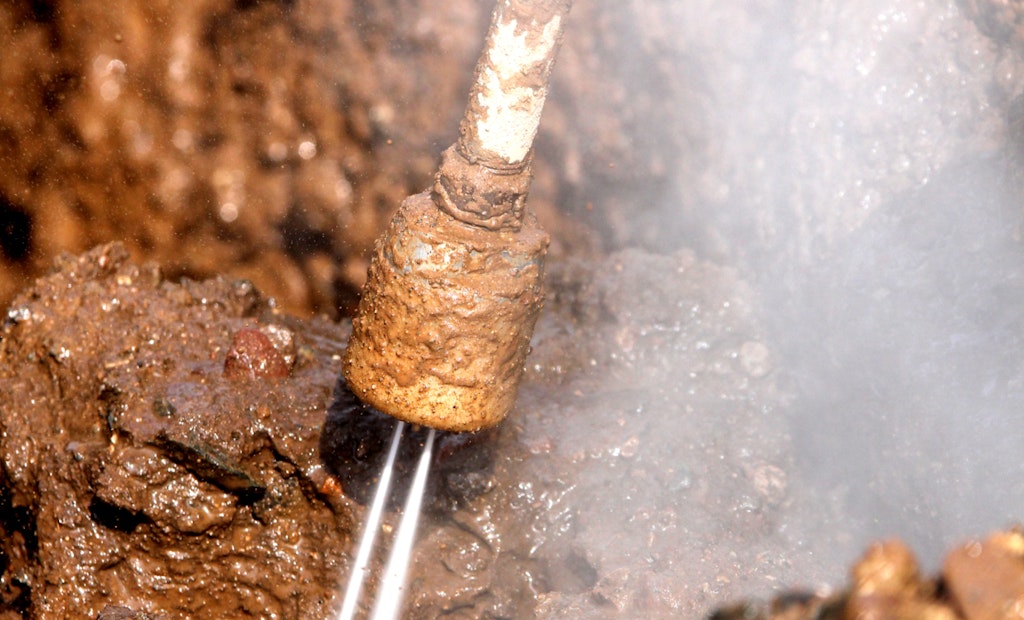When looking at what nozzle attachments to go with, a hydroexcavation or air excavation contractor has many choices, and none of them are easy ones. Contractors need to take into account what will work with their equipment and soil conditions, for instance.
As technology advances...






